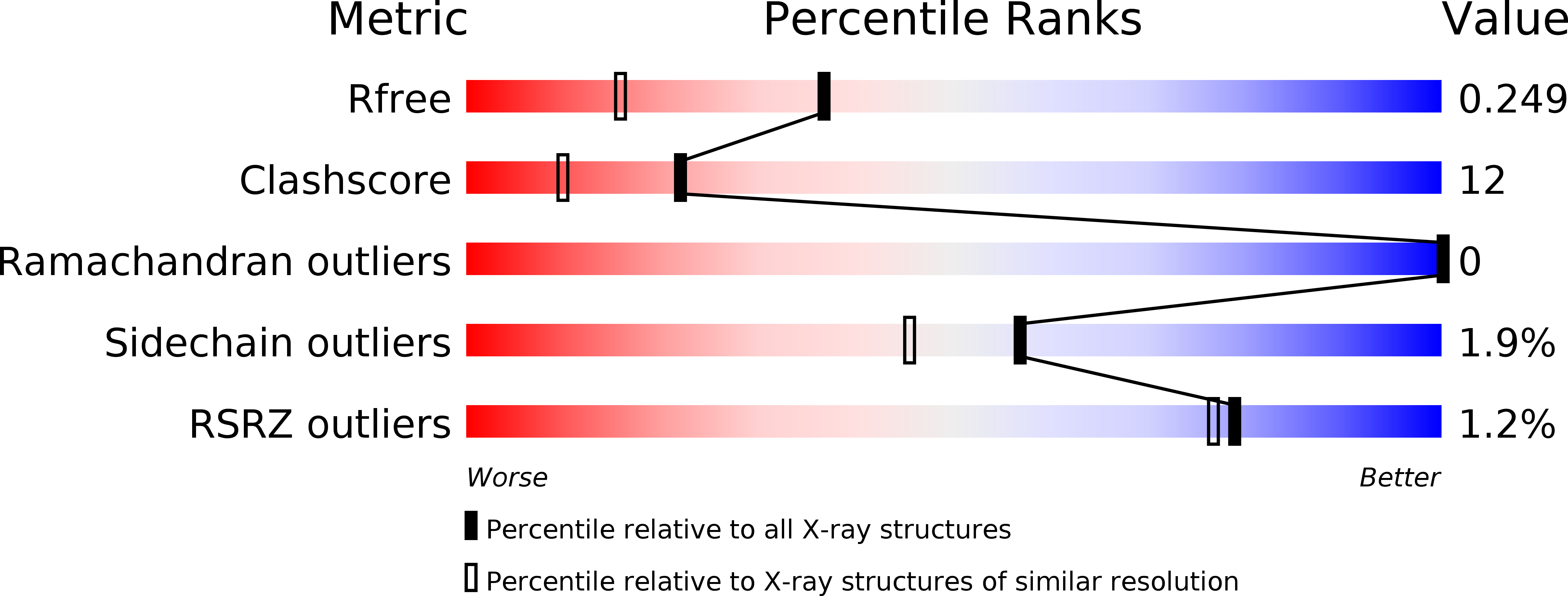
Deposition Date
2008-06-04
Release Date
2008-11-04
Last Version Date
2023-12-13
Entry Detail
Biological Source:
Source Organism:
BRADYRHIZOBIUM JAPONICUM (Taxon ID: 375)
Host Organism:
Method Details:
Experimental Method:
Resolution:
1.81 Å
R-Value Free:
0.24
R-Value Work:
0.19
R-Value Observed:
0.19
Space Group:
P 1


